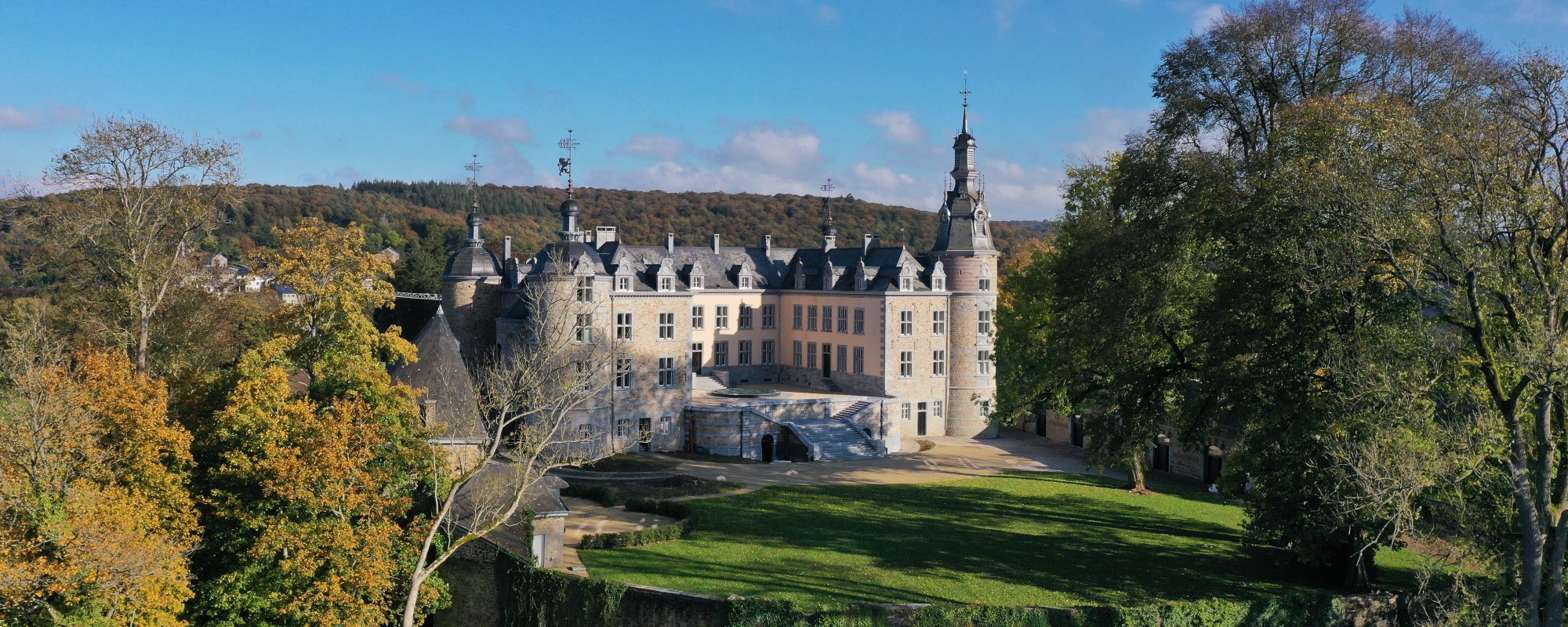
Our villages vary between rural heritage, classified monuments and remarkable sites. Whether castles, farms, churches or abbeys, traditional buildings, rural or natural heritage, discover the must-see Most Beautiful Villages of Wallonia!
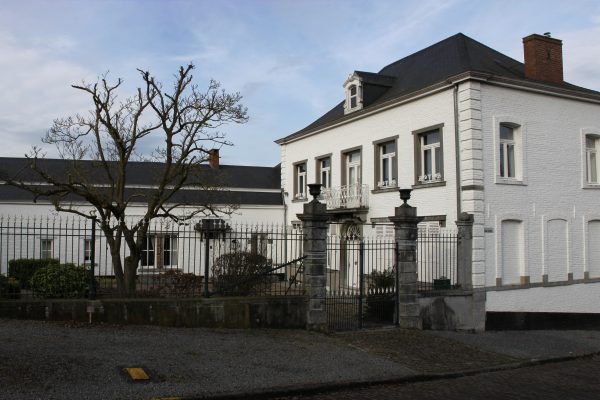
A witness to the local bourgeoisie of the 19th century, this remarkable mansion opens its main whitewashed façade onto a carefully wooded courtyard.
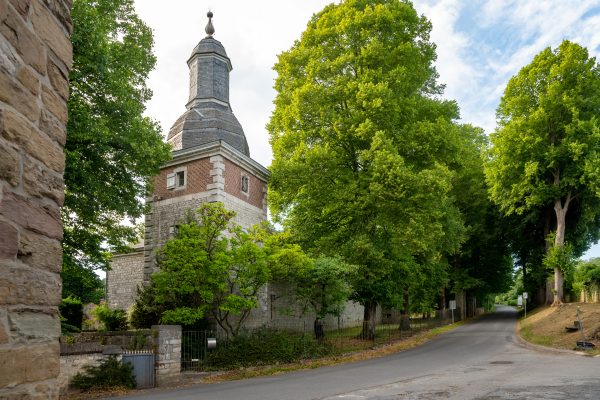
A castle whose origins date back to the 14th century - Listed monument.
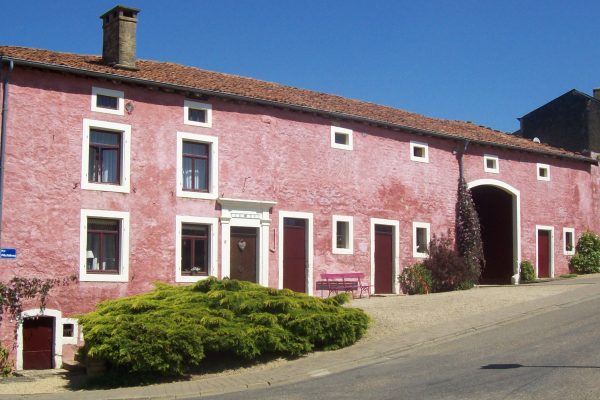
A string of traditional volumes all dressed in pink - Listed monument.
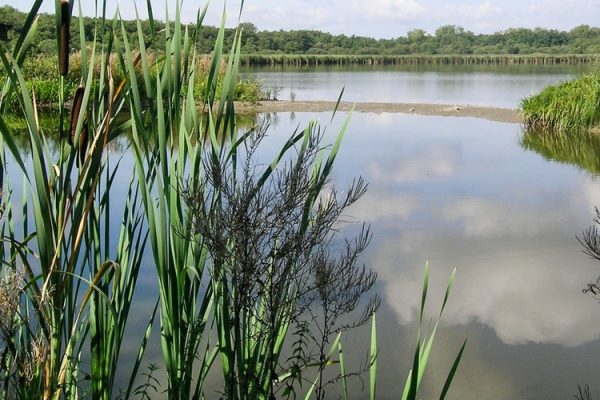
A 100% natural immersion in the heart of one of the most beautiful ponds in Wallonia!
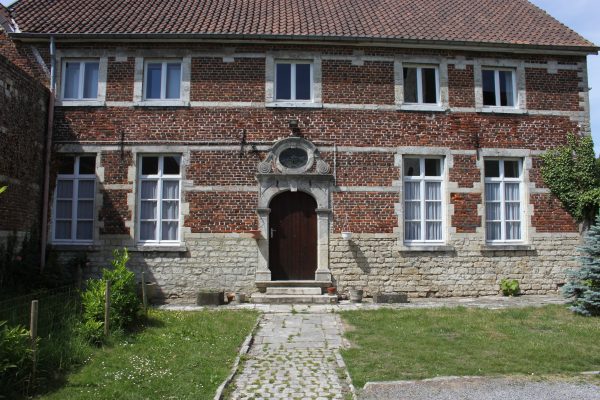
A former vicarage dating from 1729, with an elegant volume skilfully enlivened by details in Gobertange stone.
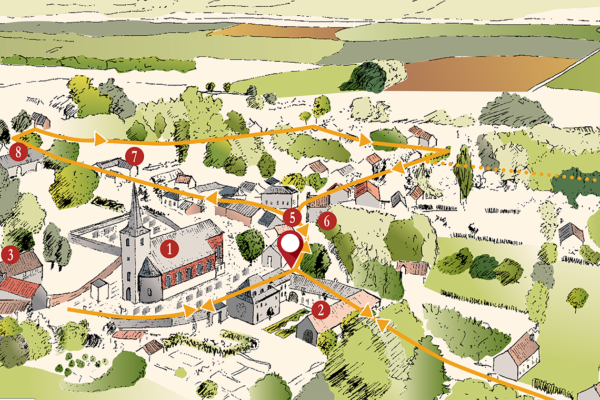
Immerse yourself in Mélin's heritage with the discovery tour FR - NL - EN

Site of great biological interest "Natura 2000" and natural forest reserve.
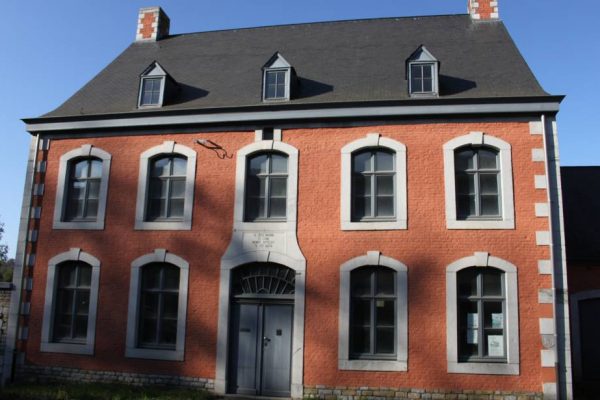
Vintage "1765", an imposing building to display power and wealth - Listed monument.
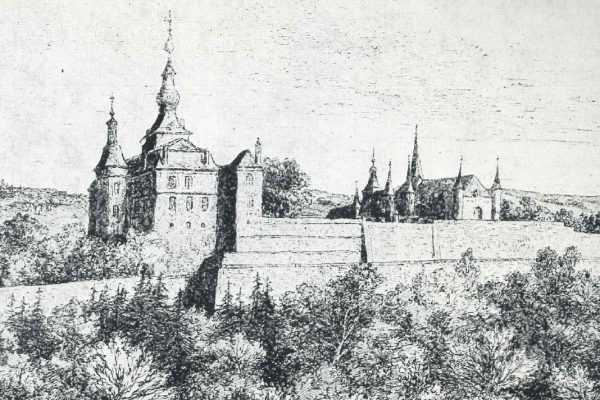
Based on a fortress and a farm of medieval origin, the emblematic building spreads its slender silhouette across the landscape of Vierves-sur-Viroin - private property.
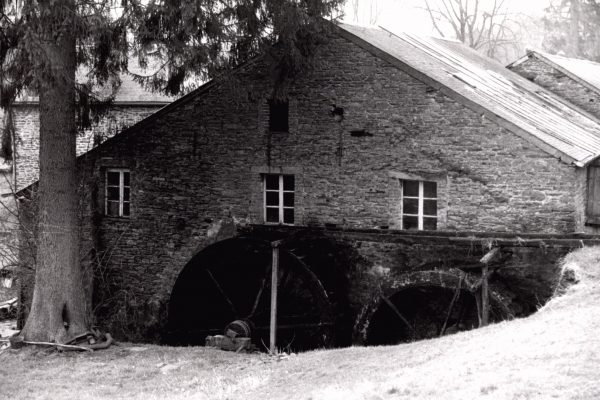
The origins of this former flour mill date back to at least 1619 and it was the site of local resistance during the Second World War.
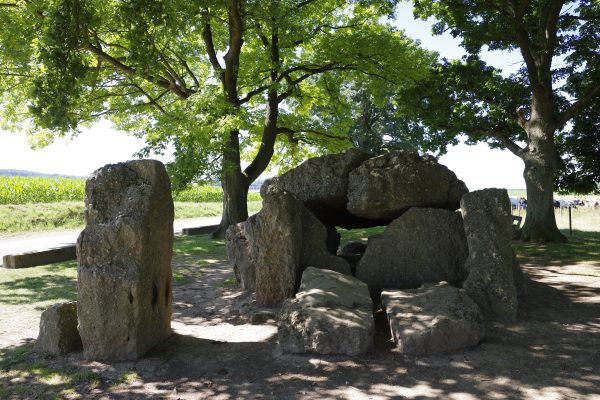
A major megalithic site where the "elements" are aligned over a length of nearly 8 km and a width of 300 m - Exceptional heritage of Wallonia

A deep valley and a "White Water" which owes its name to the clear, "white" aspect of this water which flows along a meander dug in a limestone subsoil.
The association Les Plus Beaux Villages de Wallonie (The Most Beautiful Villages of Wallonia) oversees a network of 32 villages, bearers of a strong territorial identity and reflecting traditional architecture. It is committed to promoting the rural, cultural and natural heritage of Wallonia and is a part of the development of local and responsible tourism.
More information